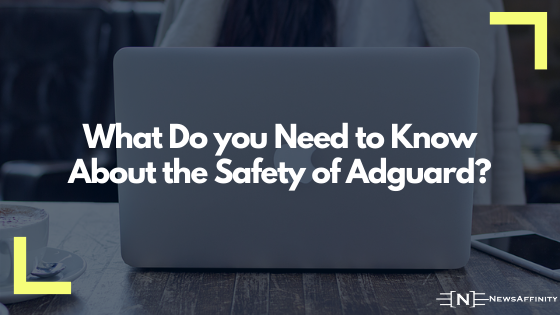
Examples of this difference could be spotted with the public keys, the Issuer details of the certificate and the signatures of the certificates.Īt the time, I could not tell how or why the difference kept appearing, and that I even had to cross-check with a colleague about it and see if my browser was busted or not. Tinkering around the details of a website’s individual certificate, I noticed that the details and contents of the certificates kept varying and this was being attributed to Adguard, which is an ad-blocking software. I tried to go back and forth and verify from the web browser itself and behold, the same differing results between myself and my colleagues. I became intrigued and wondered why this was happening same website, two different certificates.

While I was assisting an infosec class on secure web connections, I noticed that I always had conflicting SSL certificate properties while running on a command-line interface.

Several months ago, I came across some strange behavior from my system while I was trying to view different SSL certificate properties. The discovery and implementation of Adguard as a personal CA


 0 kommentar(er)
0 kommentar(er)
